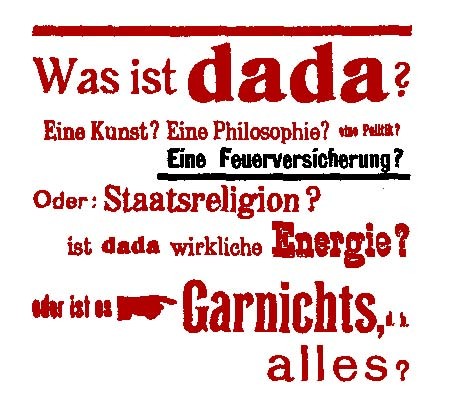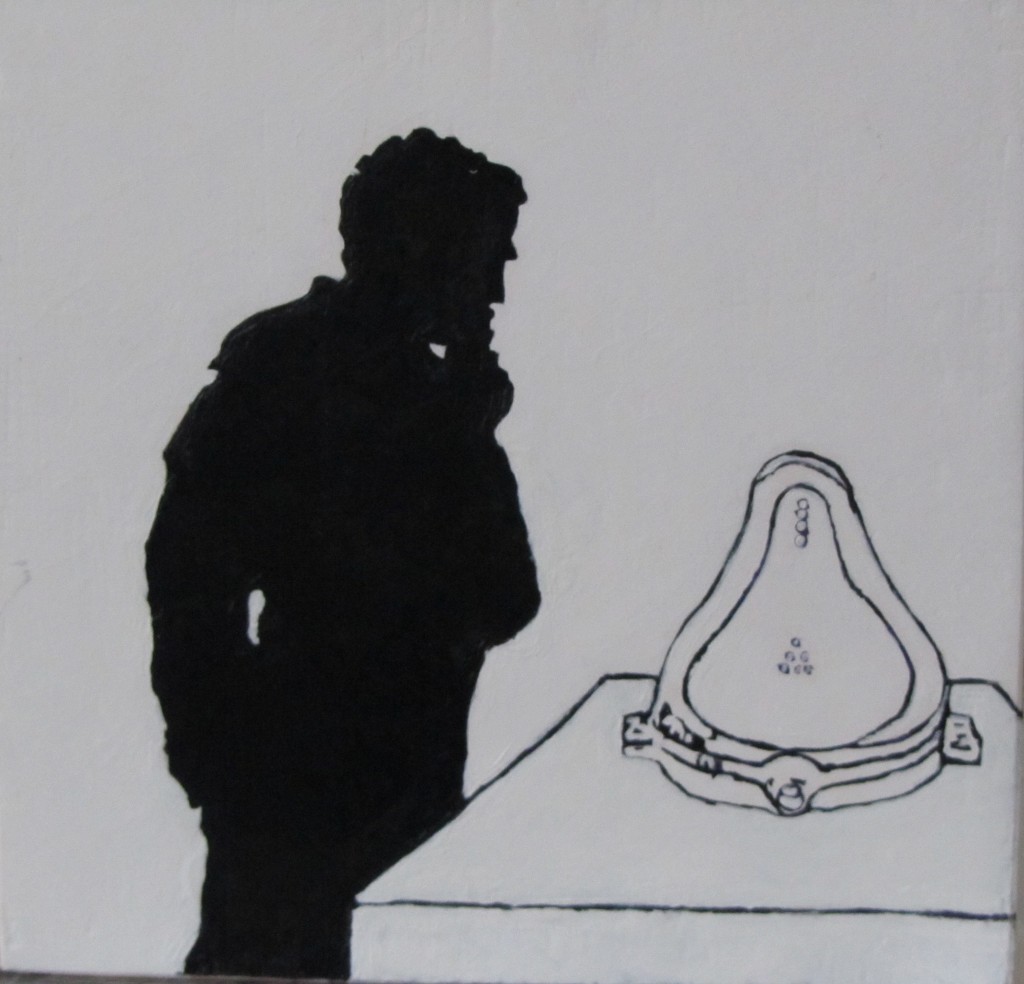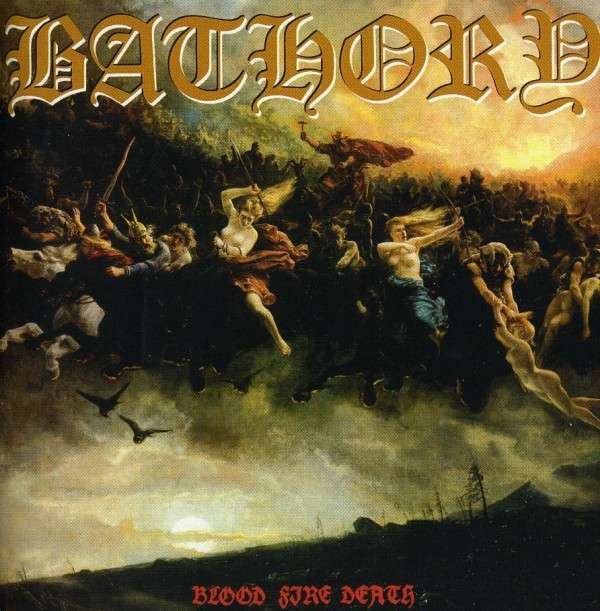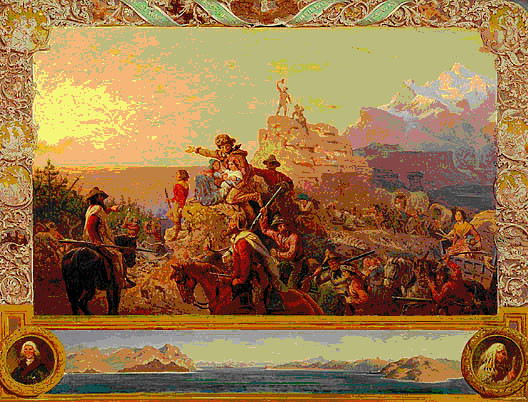Keep the Beltane Fires Burning!
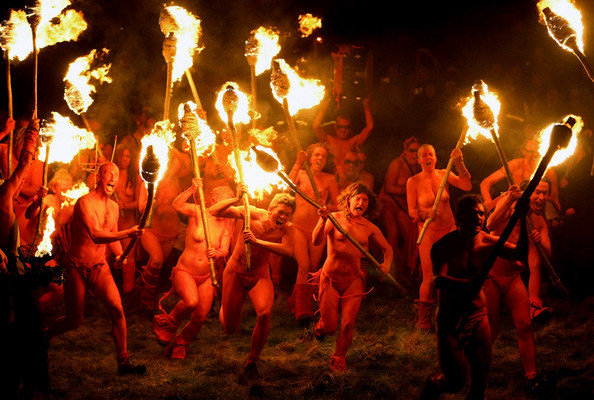
Traditional Beltane Fire Festival celebrating the beginning of Summer, in Edinburgh. The procession, which celebrates the ending of winter, is a revival of the ancient Celtic festival of Beltane, the Gaelic name for the month of May
It appears sometimes that the Finns view a calendar year exclusively in terms of the important holidays. A man lives merely to celebrate one big holiday that doesn’t happen often. Once the celebration is over he simply waits for another one to come. For example, there is such a big event as Christmas. When it has passed, one patiently awaits the Vappu which is the first day of May. Followed by the Midsummer Eve (22/23d of June), and after that there are just six more months until Christmas and the New Year.
And so on.…The time in between is simply an insignificant period that separates one important milestone from another.
Of course, it’s an exaggeration but still, while living in Finland, one often hears something like ‘Oh! It is only eight weeks till the Vappu!’, or Christmas, or the Midsummer eve. To some extent the Finnish holidays might be regarded as a powerful example of traditional European holidays that have continued down through centuries. Vappu, for example, is a celebration of the beginning of Spring, a celebration of nature and the very essence of life and the power of fertility as it awakens from long winter sleep. Indeed, traditions to celebrate the Midsummer Eve, as well as Vappu go back to the pagan times. These and many other holidays celebrated throughout Europe all have the pagan roots (although, in such cases as Walpurgis night — and Vappu is pretty much like that – the issue of its origins, Christian and pagan alike, has grown more complex as time goes on). All in all, these celebrations have a long history in Europe, and they are inseparable from its roots and its culture. Read more


